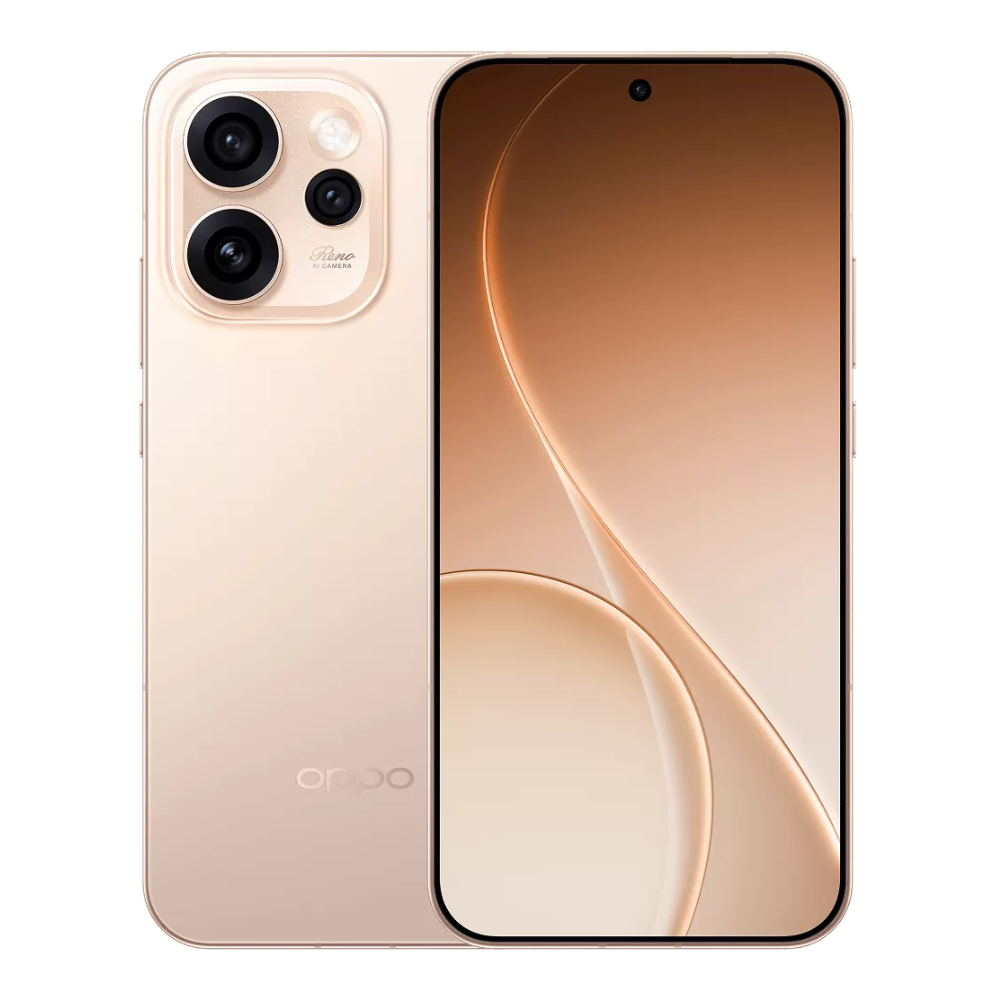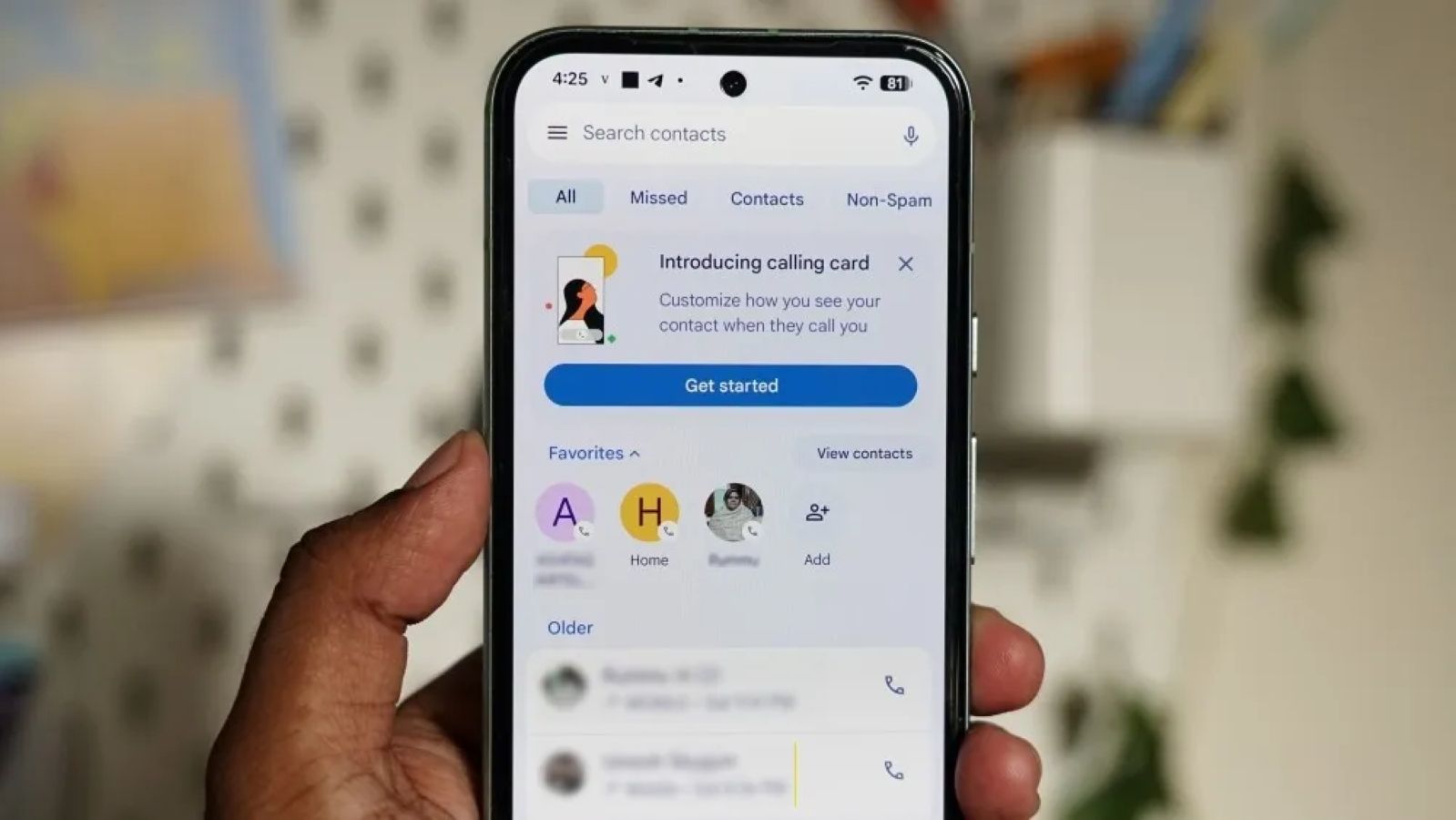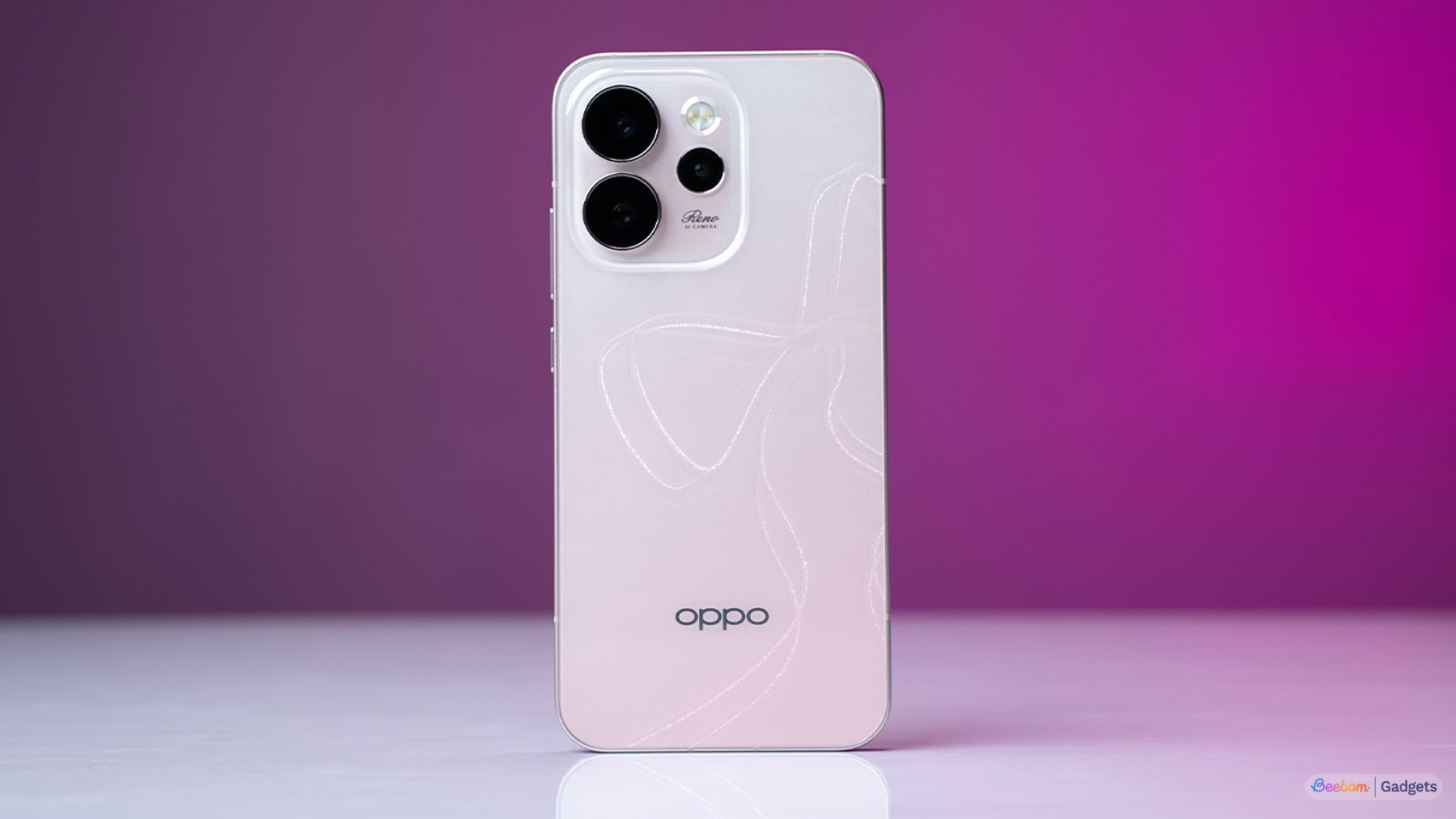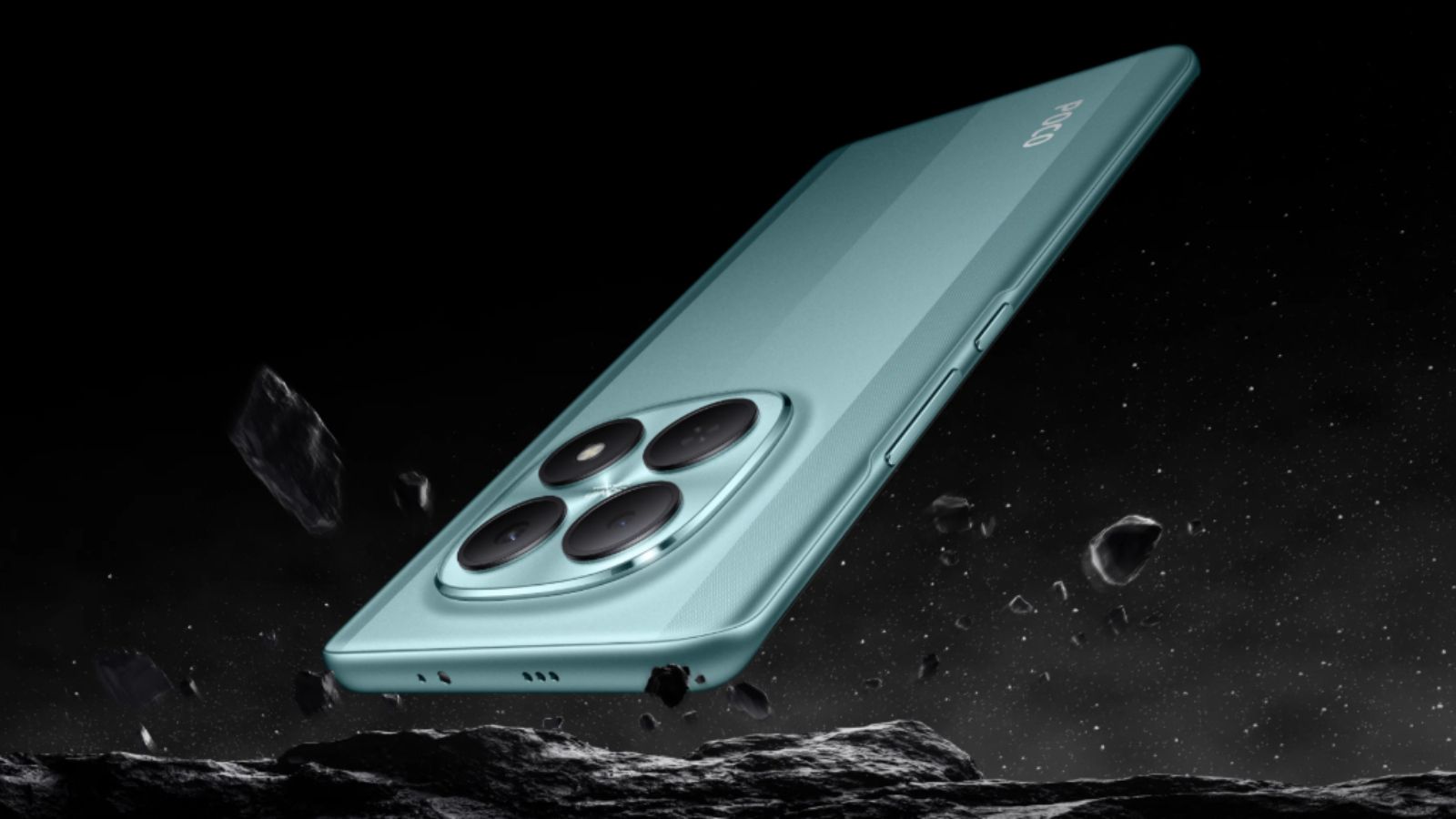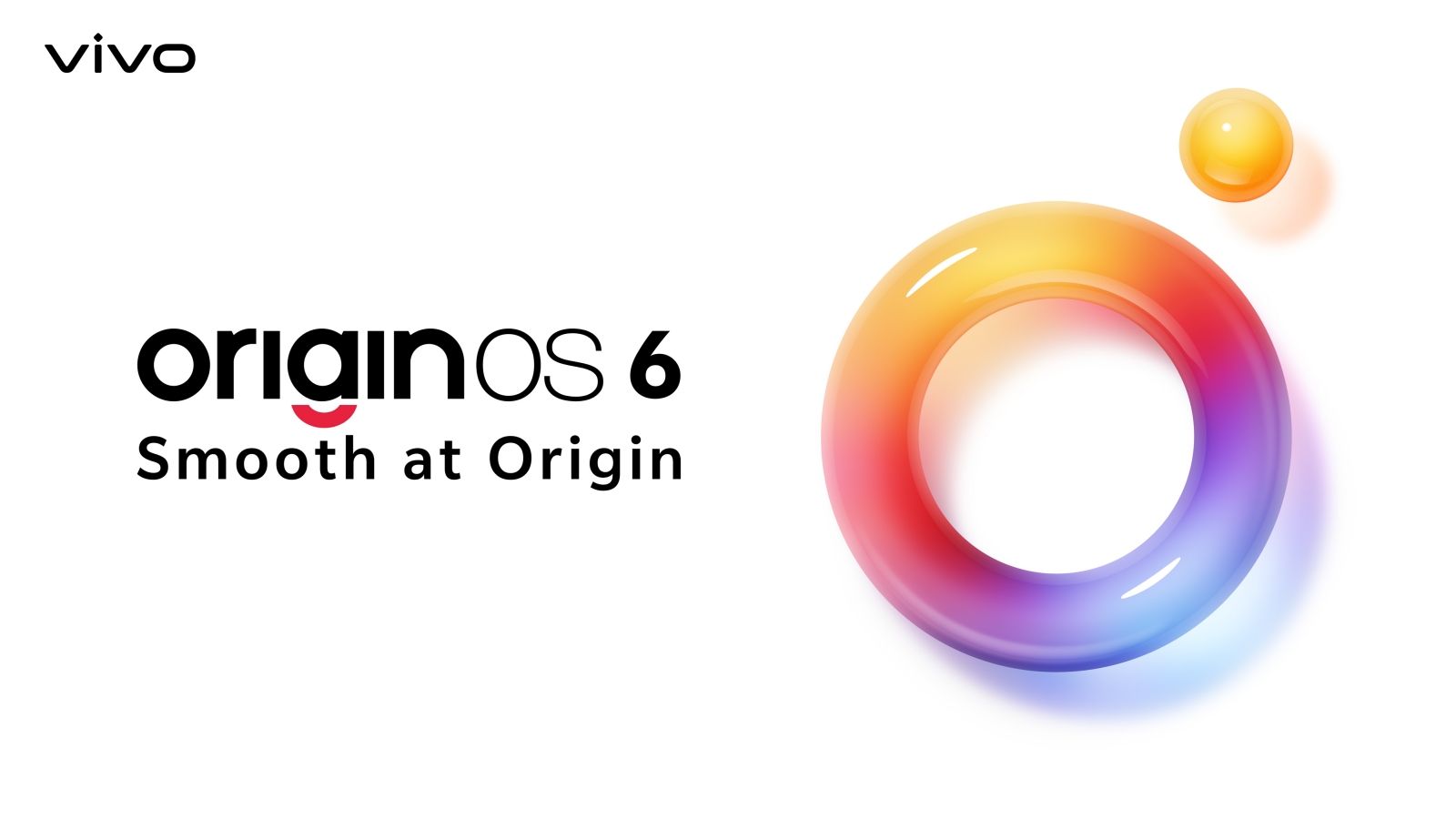
Beebom
Rating8
The Google Pixel 10 refines the Pixel formula with a brighter display, improved haptics, MagSafe-like PixelSnap support, and Material 3 experience. The Tensor G5 chip keeps things smooth for everyday use, but it still lags behind its rivals in raw performance. The cameras are impressive, and the 5x telephoto lens is a welcome addition. Overall, it’s the most improved Pixel I have ever used and would recommend to others.
Pros
PixelSnap is a great addition
Brighter, enhanced display
Excellent haptics
Powerful 5x optical zoom camera
Battery lasts for almost a day
Cons
Tensor G5 has performance issues
Main and ultrawide cameras lack details
Gets warm during heavy gaming
This year’s Google Pixel 10 features a lot of new upgrades, from the new camera, bigger battery, to the improved Tensor G5 processor for enhanced performance. But does all this really make a difference, or is it the same phone in a new packaging? Well, after using the Pixel 10 for around three weeks, here is my review of Google's latest flagship smartphone.
Pixel 10 Unboxing
The unboxing experience of the Pixel 10 remains pretty underwhelming, as you don’t get much inside it. Here are the contents I found within the Pixel 10 retail box:
- Google Pixel 10 smartphone
- A USB type C to C cable
- SIM card ejector pin
- Paperwork
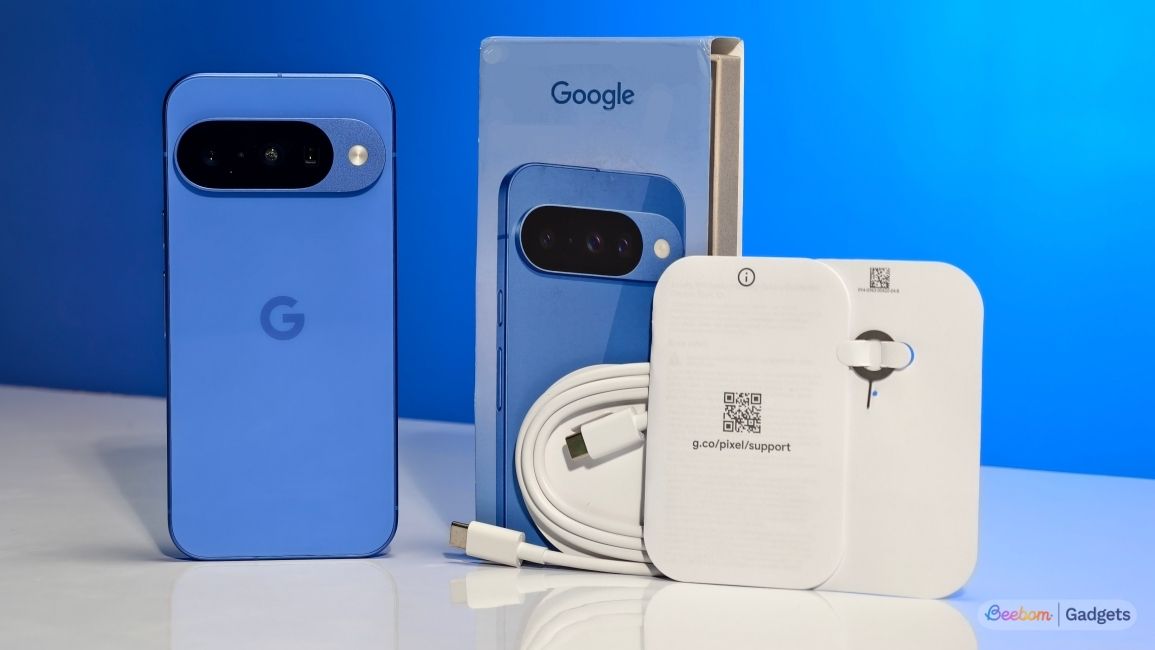
In case this is your first time buying a Pixel, don’t expect any case or pre-applied screen protector to be shipped with the phone. Let's take a quick detour to check out Pixel 10's specifications before we jump into the review.
Google Pixel 10 Key Details
- PowerVR DXT-48-1536
- 29Watt (wired)
- Wireless Charging Supported
Hybrid Stabilization
4K@60fps
- FHD+ OLED
- HDR
- 256GB (UFS 4.0)
- 4k@60fps
- Glass (Back)
- Aluminium Frame (Side)
- IP68 (Dust and Water Resistant)
- 7 year(s) of OS Update
Pixel 10 Design and Build
- 152.8 x 72 x 8.6 mm, 204 grams weight
- Corning Gorilla Glass Victus 2 back glass, Aluminium frame
- IP 68 rating, USB Type-C 3.2
Once you take the Pixel 10 out of the box, you immediately appreciate its look and feel. Google already nailed the Pixel design language with last year’s Pixel 9 series, and the Pixel 10 keeps that same formula intact. At first glance, it’s nearly identical to its predecessor, but slightly thicker and heavier, likely due to the new PixelSnap feature (more on that later).
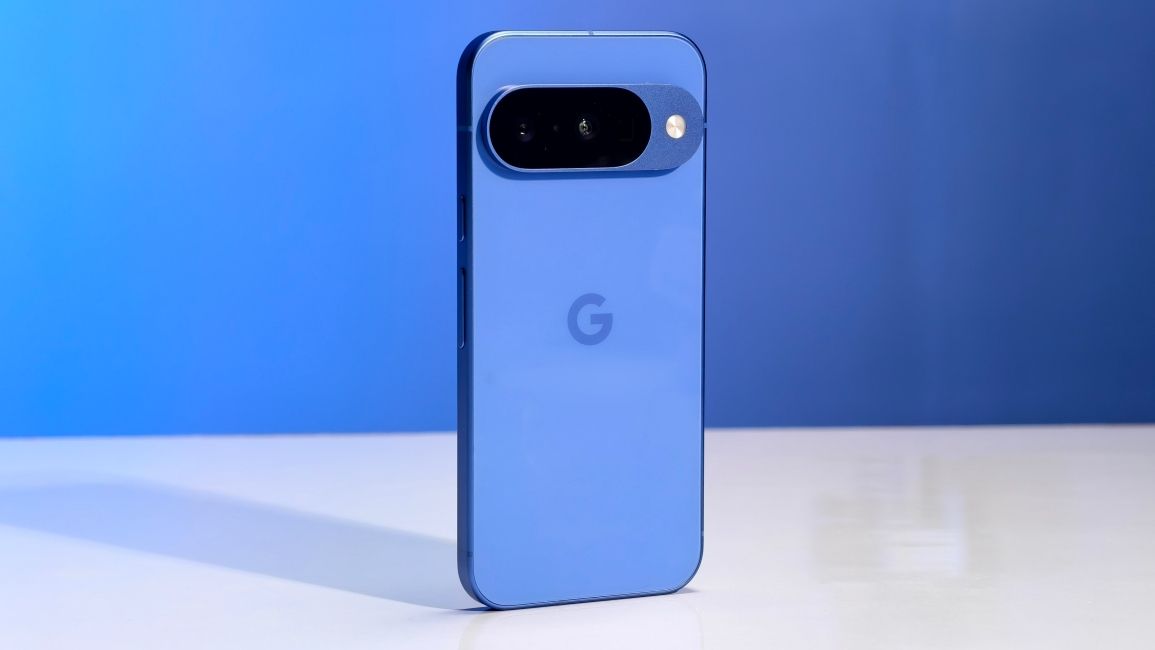
The added weight isn’t a downside. If anything, it gives the Pixel 10 a denser and sturdier feel that makes it more comfortable to hold. The slightly curved edges add to the complete feel, making it one of the best compact flagships to carry. Compared to flat-sided rivals like the OnePlus 13s, the Pixel 10 simply melts into your palm.
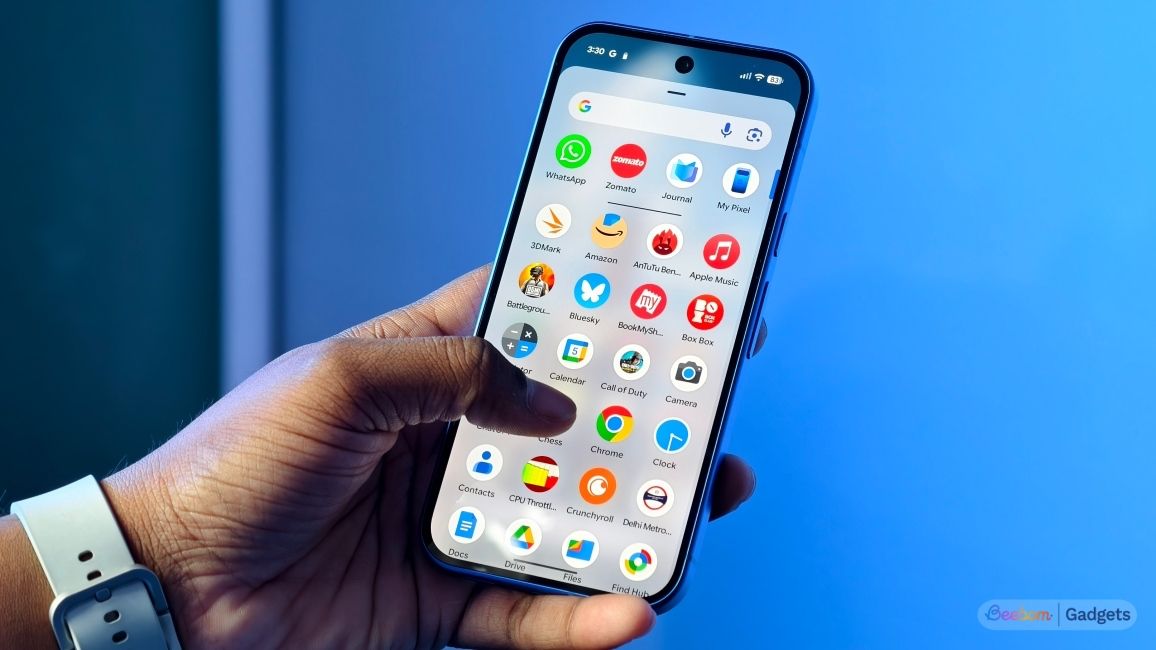
That being said, the glossy finish of my Indigo Pixel 10 review unit is like a double-edged sword. It looks premium and smooth, but it is also slippery. I dropped it twice during my usage before switching to a case for peace of mind. I wish Google had gone with matte glass instead, as it would also attract fewer fingerprints, but if you are getting a Pixel 10 for yourself, then consider this as a heads-up.
Now, let’s talk about the real highlight: PixelSnap. Based on the Qi2 standard, PixelSnap is essentially a magnetic ring built into the back of the Pixel 10. So think of it as Apple’s MagSafe, but on a Pixel phone. This means, just like iPhones, you can use most MagSafe accessories you already own, whether it’s a wallet, charger, or dock.
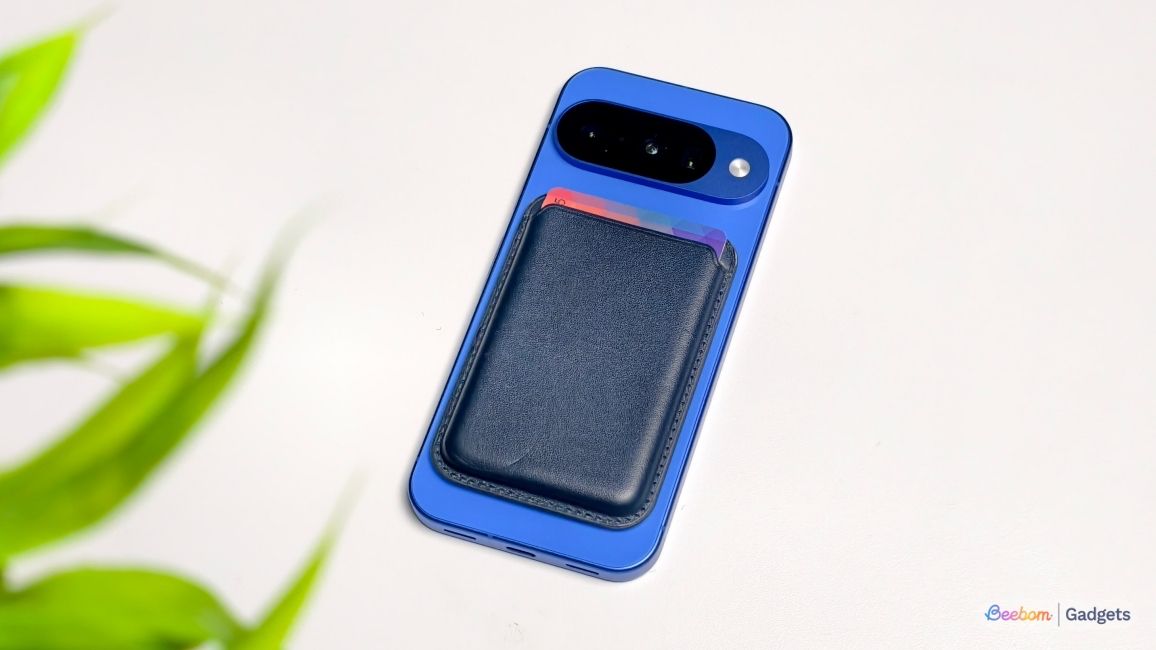
Throughout my review period, I had my MagSafe wallet clipped to the back of the Pixel 10, charged it wirelessly at home on a MagSafe pad, and even kept it docked on my MagSafe charger on the desk at work. It’s seamless, practical, and genuinely makes the Pixel 10 feel more versatile. As a long-time MagSafe fan, I couldn’t be happier with this addition.
Pixel 10 Display Quality
- 6.3 inches, FHD+ (1080 x 2424) OLED panel
- 120 Hz refresh rate, Corning Gorilla Glass Victus 2
- 3000 nits peak brightness, HDR
The Pixel 10’s display is still more of the same we have seen on the Pixel 9. Side by side, you wouldn’t notice a difference, and I guess when you already have a winning formula, why change it every year?
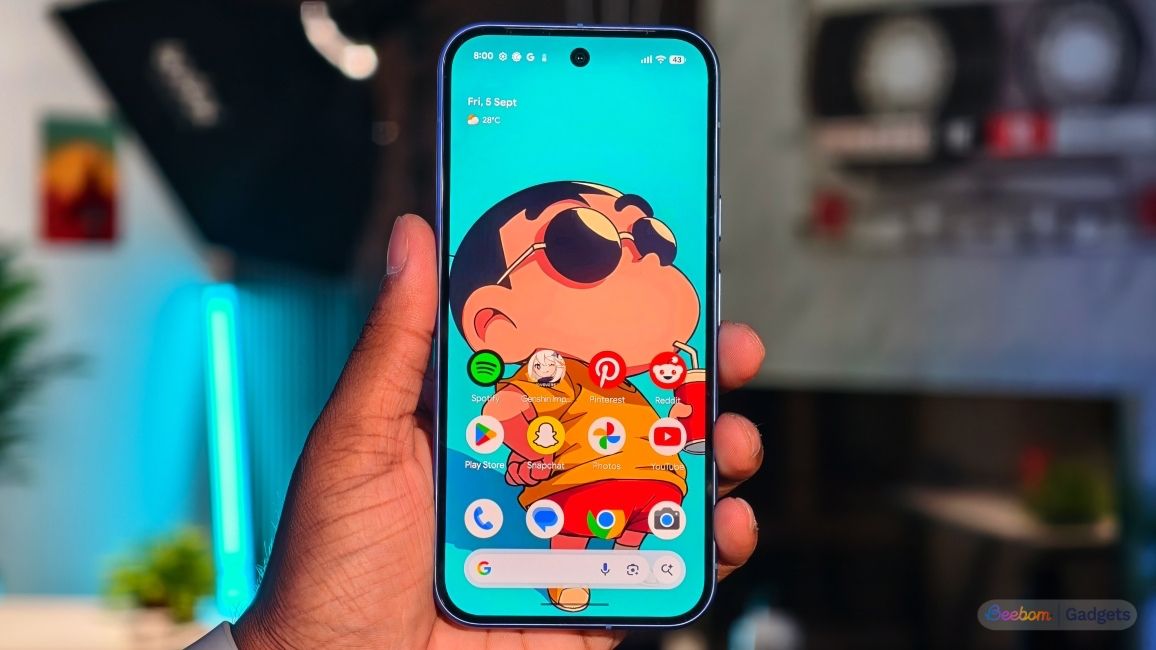
The main upgrade is the brightness. The Pixel 10 now pushes up to 3,000 nits peak brightness, which makes a noticeable difference outdoors. While taking camera samples under the Delhi sun, the screen stayed easily visible, something the Pixel 9 struggled with. It is still not as bright as other devices, like the OnePlus 13. But it is a solid step above.
This OLED panel continues to impress. Colours lean close to accurate. There’s not much difference between the Natural and Adaptive display settings, so I kept it to the Natural setting. During my review period, I spent a lot of time binging on YouTube on the Pixel 10, and the display never disappointed.
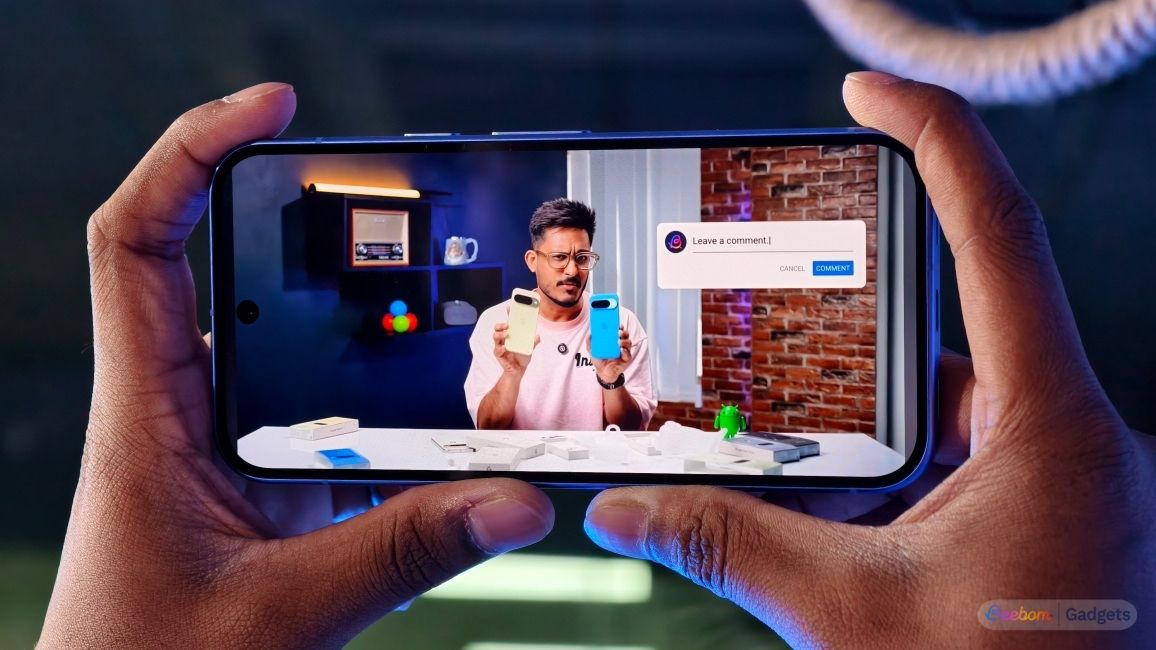
However, the panel has a slightly warmer hue, and Google doesn’t let you fine-tune it in settings. It’s subtle, but worth noting if you prefer cooler tones. Audio output also holds up well, thanks to the stereo speaker setup. They get plenty loud and deliver enough depth to enjoy videos or music without needing earphones.
Pixel 10 Performance Tested
- Google Tensor G5, Imagination Technologies DXT-48-1536 GPU
- 12 GB RAM LPDDR5X RAM + 256 GB UFS 4.0 storage
The biggest debate around the Pixel 10 is its performance. Google’s Tensor has historically fallen behind other flagship chipsets. But this year’s Tensor G5 is based on TSMC’s 3nm process node. On paper, it should perform better than previous Pixels, but how does it fare in benchmarks?
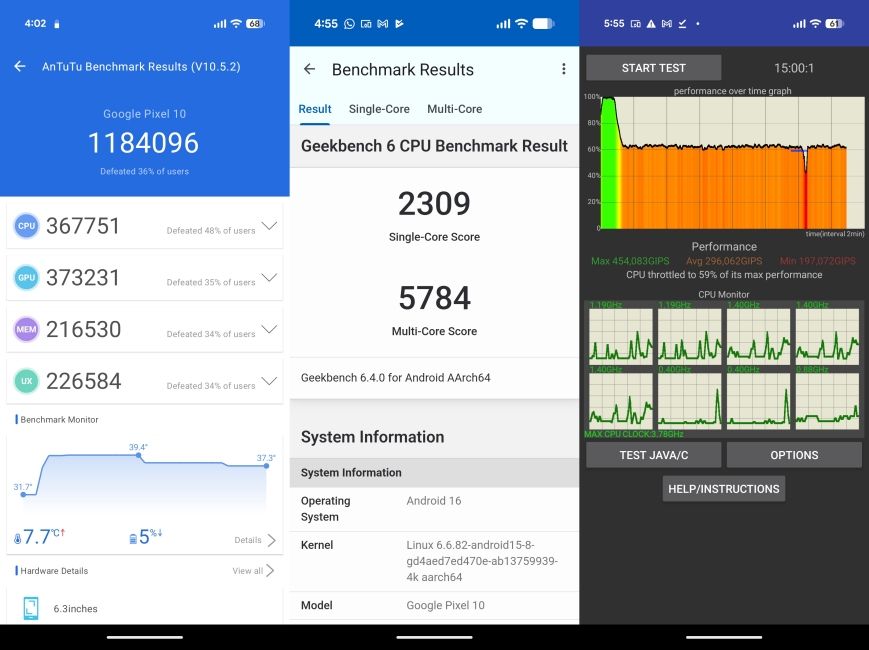
In terms of benchmarks, the Pixel 10’s Tensor G5 lags miles behind the Snapdragon 8 Elite and Apple A18 found in competing flagships like the Galaxy S25 and iPhone 16. But benchmarks rarely tell the whole story. The Pixel 10 performs admirably in everyday usage. The device has felt pretty usable, without any severe hiccups or micro stutters. But the real test comes in gaming.
Starting with Genshin Impact, I played it on the lowest settings at 60 FPS, and it didn’t take more than 20 minutes before the Pixel 10 reached 40°C hotter. Any other flagship phone, such as the Nothing Phone 3, would be able to handle Genshin at these settings easily.
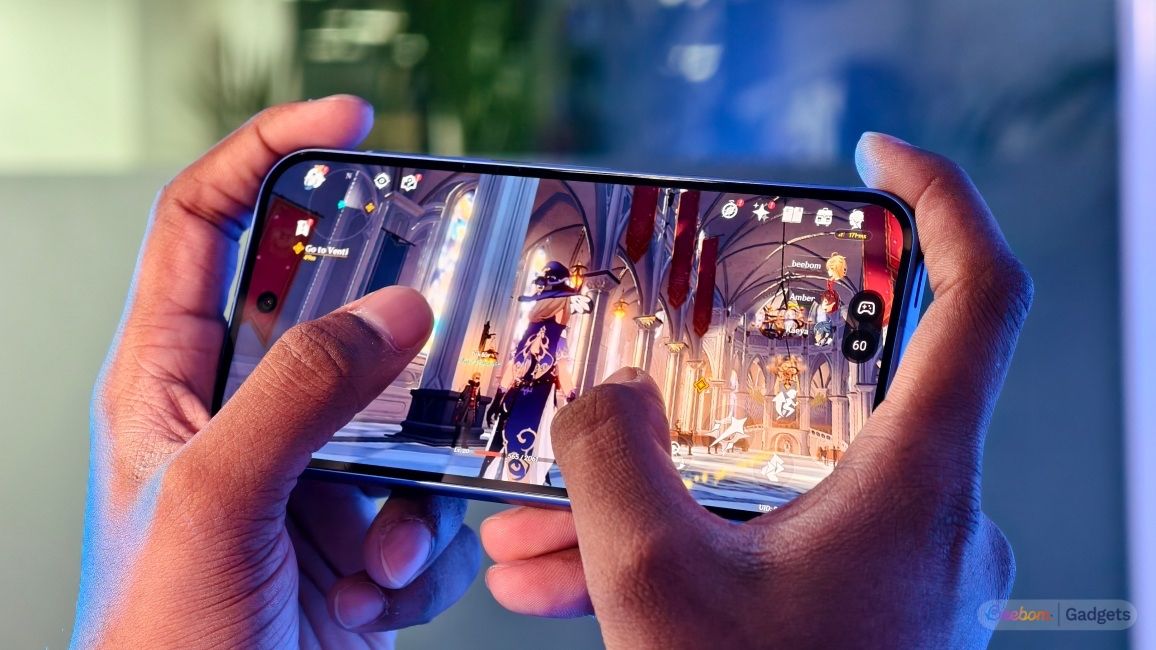
On the other hand, COD Mobile and BGMI ran much more comfortably. Both titles support 120 FPS, and the Pixel 10 delivered smooth gameplay, getting only moderately warm at 35°C after extended sessions. If your gaming habits lean toward shooters or lighter titles, the Google Pixel 10 will hold up fine. For more demanding games, it is clearly not the ideal choice.
Pixel 10 Software and AI Experience
- Android 16 with Material 3 Expressive
- 7 years of software and security updates
The Pixel 10 ships with Android 16, and this is easily one of the best Pixel software experiences yet. This latest version features Google’s new Material 3 Expressive features, which are vibrant, bubbly and fun to use all around. There are neat little animations everywhere, and some new customisation options on the lockscreen. The quick settings panel has also been revamped, and everything feels just smoother.
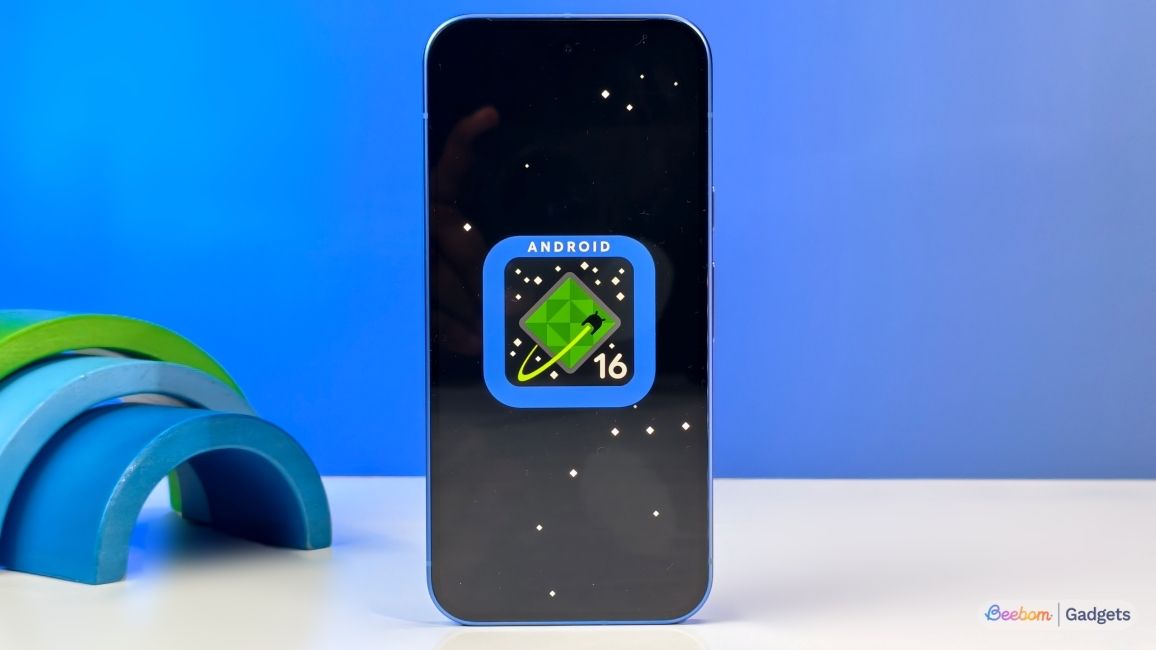
One of the standout improvements is the haptics integration. Every action on the Pixel 10, from adjusting brightness and volume to swiping through recents, features precise feedback that makes the UI feel more tactile and responsive. Honestly, it gives even OxygenOS a run for its money. This was something I wanted Pixel devices to implement, and I am glad that it is finally here.
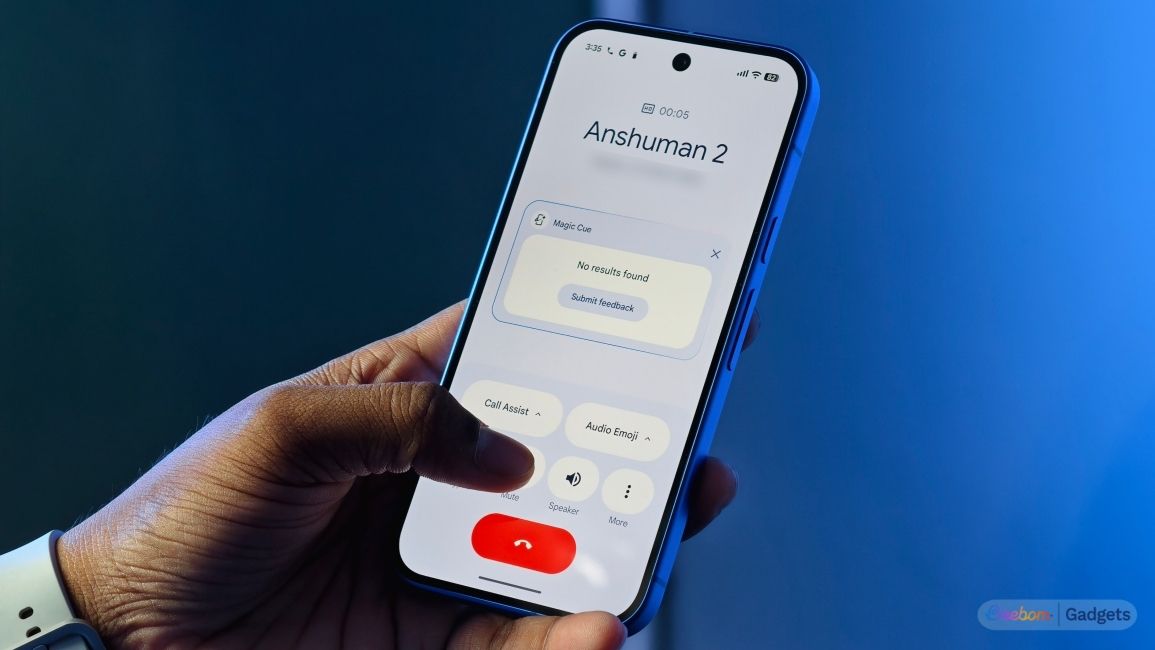
Of course, the Pixel 10’s AI features are the highlight of the Pixel experience. Some are hit or miss: Like Magic Cue, which is supposed to pull up important details from emails and messages, but didn’t trigger once for me despite multiple tests.
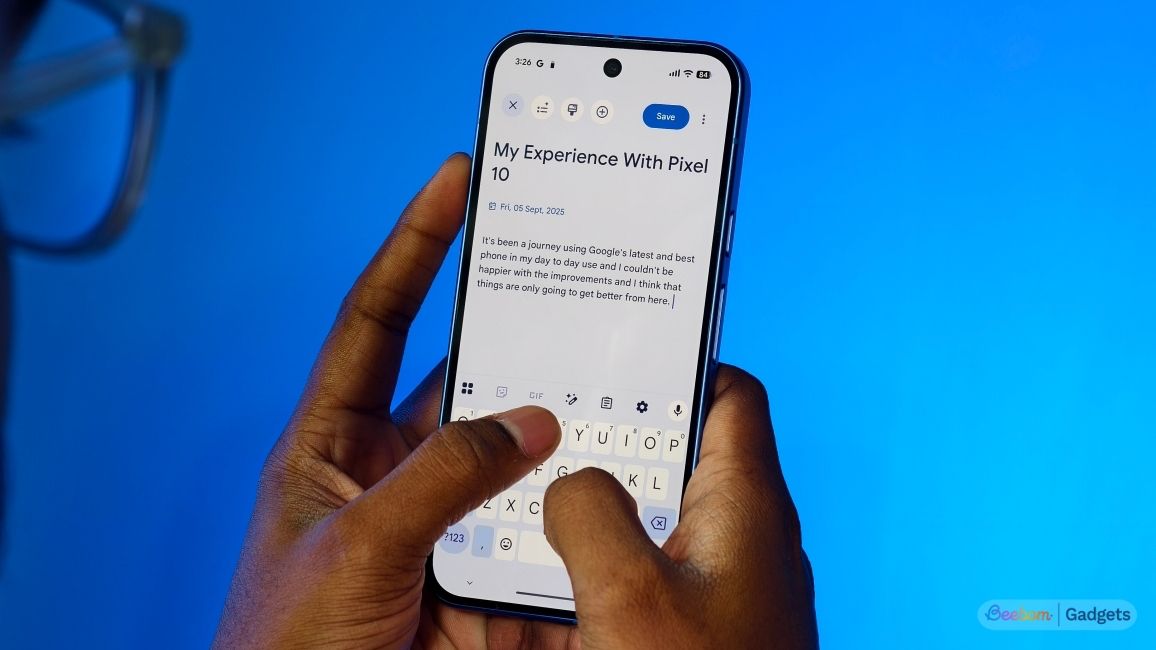
On the other side, I found the new Journal app genuinely useful, not just for journaling but also for note-taking and lists. This is one of the underrated new additions that I can definitely find myself using even after the review.
Pixel 10 Cameras Review
- 48 MP (Main Camera), f/1.7, 25mm (Wide-angle), 82°fov, OIS, 4K video at 60/30 FPS
- 13 MP (Ultra Wide), f/2.2, 120° fov + 10.8 MP (Telephoto), f/3.1, 5x Optical Zoom, OIS
- 10.5 MP (Front Camera), f/2.2, 20mm, 95°, 1080p video at 60/30 FPS
Besides performance, the camera is the most talked-about aspect of the Pixel 10. That’s because Google took one step forward and two steps back with the camera hardware, by introducing a 5x optical lens on the base Pixel, and downgrading the main and the ultrawide lens at the same time. But does this inferior hardware even make a difference in the Pixel 10 images? Let’s find out.
The main 48MP camera delivers the kind of photos you expect from a Pixel: sharp, vibrant, but not overly saturated. Colours stay true to life, like greens on the leaves, don’t turn into neon tones like you would see on Samsung. Dynamic range is also solid, and even at 2x crop, photos are pretty good-looking.
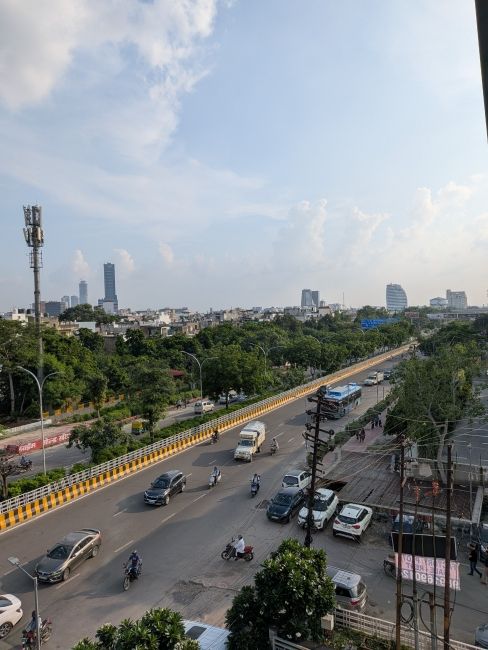
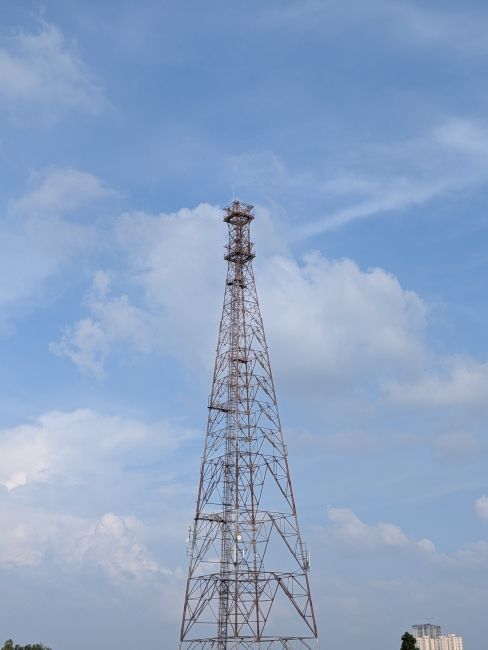
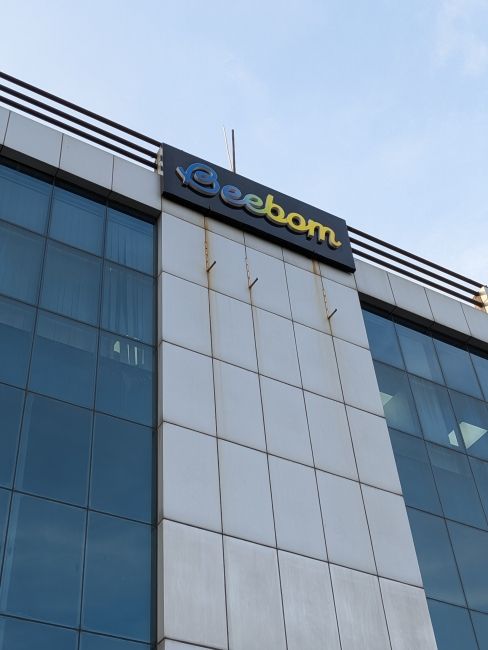
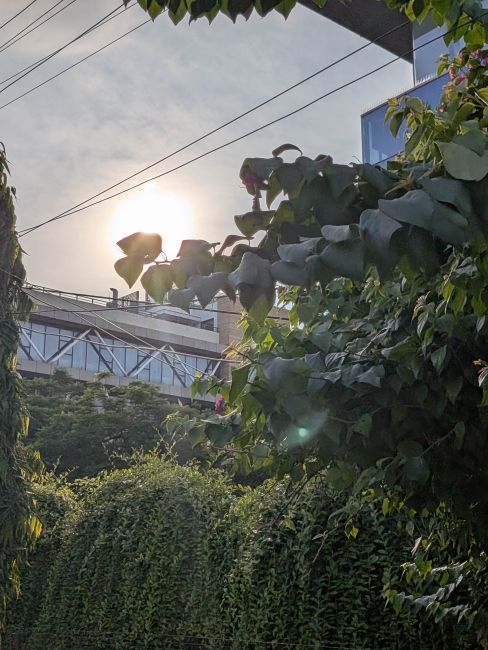
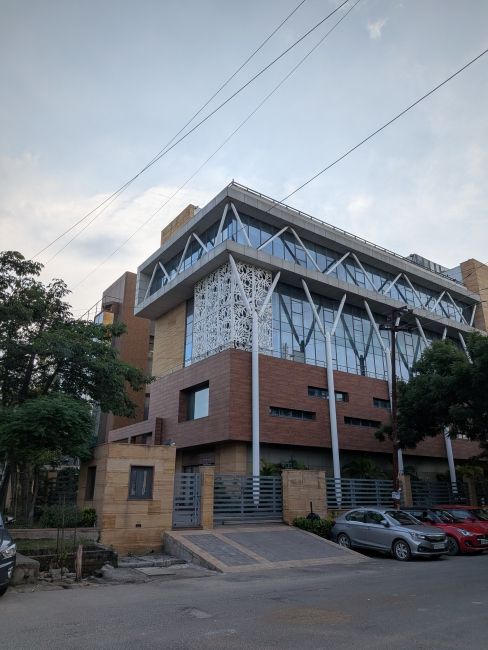

That said, the smaller sensor does show its limits when you zoom in too far, sometimes looking softer than last year’s Pixel 9. In low light, the main sensor still captures impressive shots with limited noise, but the details start to look very soft. But Google’s image processing keeps photos usable and pleasing to look at, even in tricky conditions.

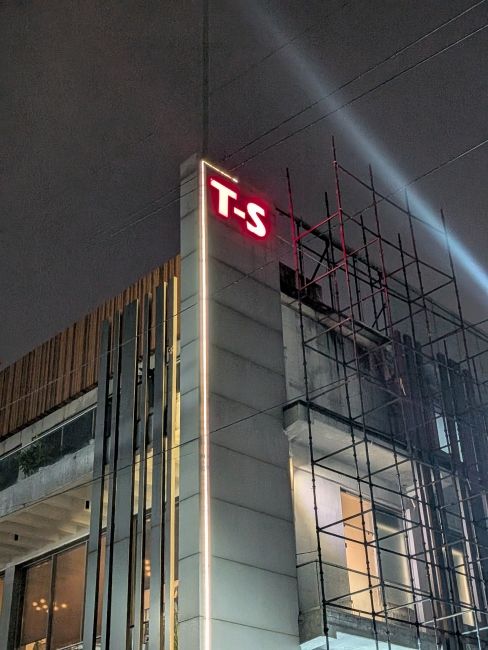
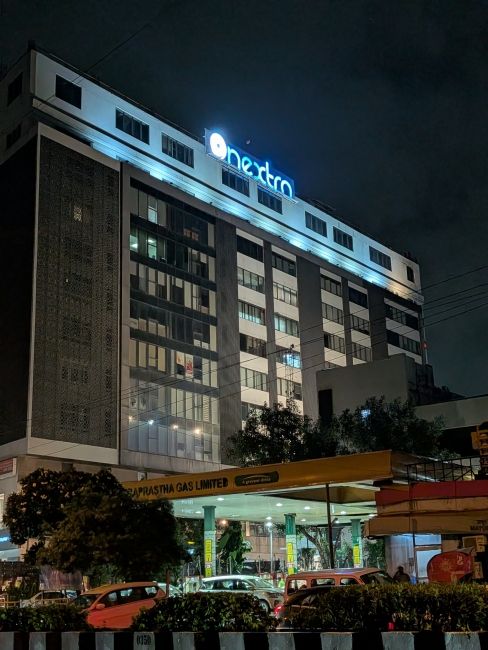
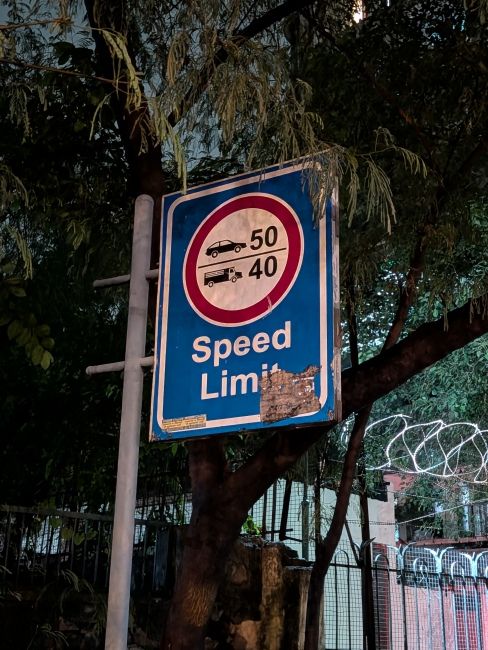
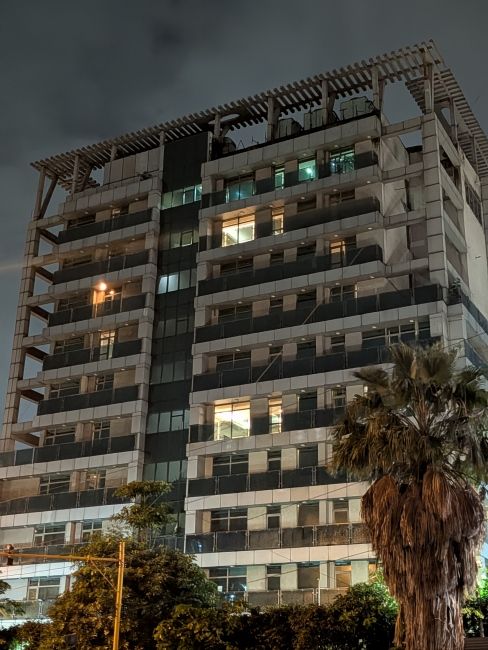
The new 5x optical zoom lens is where the Pixel 10 shines. It captures crisp, close-up shots with a natural bokeh effect, often eliminating the need for portrait mode. You can push zoom up to 20x, though quality starts to fall off past 15x.

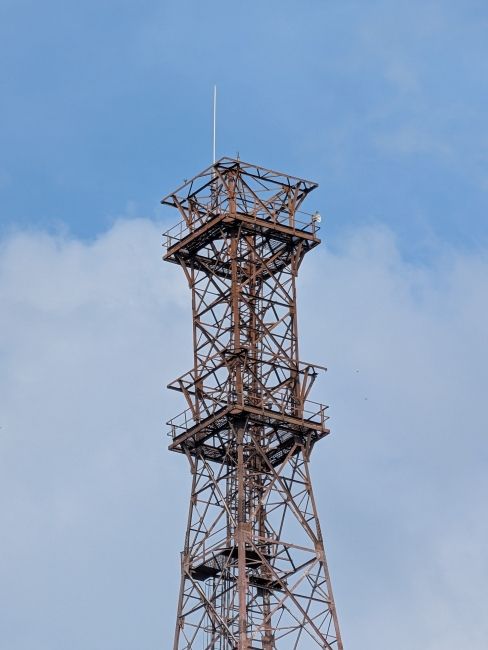



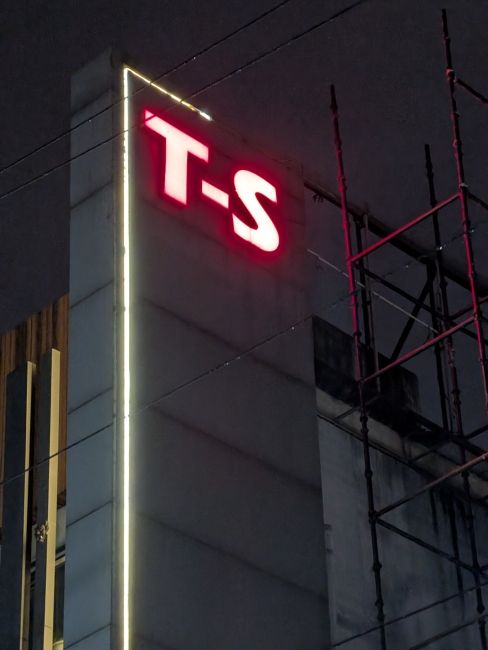
The ultrawide camera holds its own with consistent colours like the other lenses and decent low-light handling. But details falter again, and I wouldn't expect the phone to deliver class-leading ultrawides anyway with its measly sensor. Pixel 9 would do a lot better in this department.
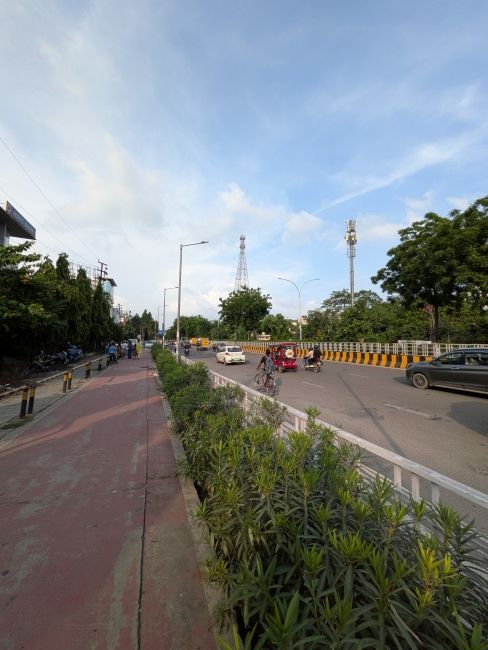
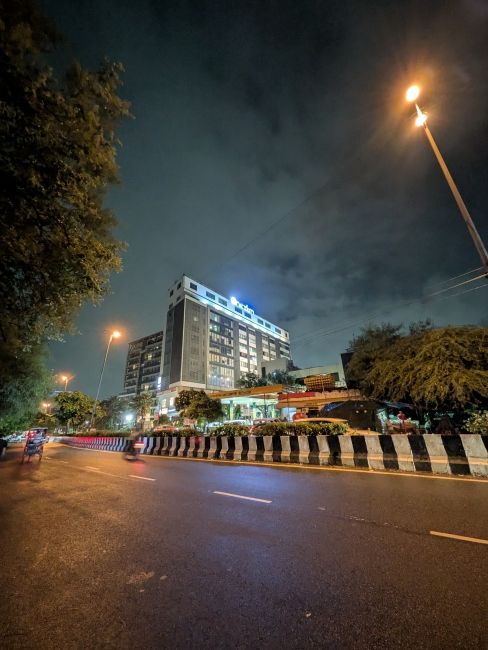
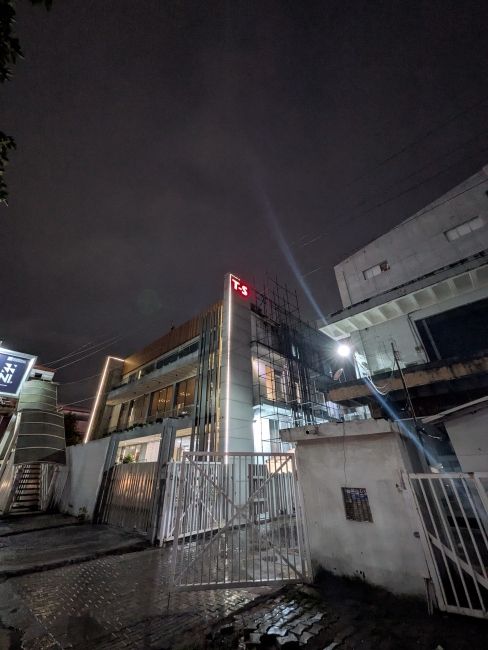
The selfie camera remains unchanged from last year, and that’s not a bad thing. It produces social media–ready selfies with light face smoothing that isn’t aggressive. Skin tones lean towards slightly reddish on darker skin, but overall, selfies look sharp and clean enough for everyday use. You wouldn't be complaining about your selfies anytime soon.


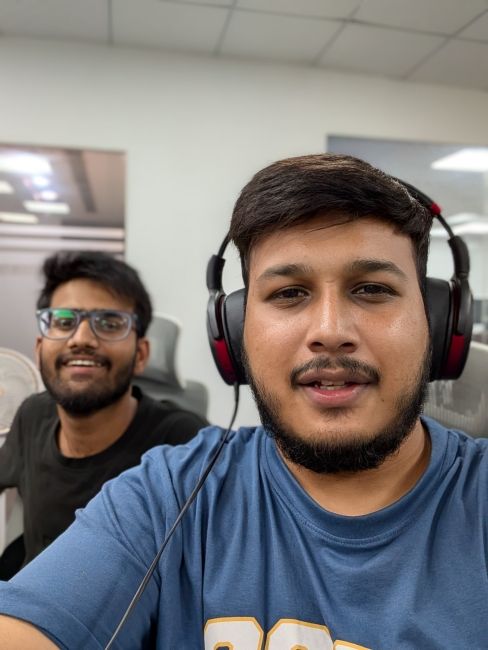
Pixel 10 Battery Life and Charging
- 4970 mAh battery capacity
- 30W (wired charging), 15W (wireless charging)
The Pixel 10 packs a slightly larger battery than the Pixel 9, with a 200 mAh increase in capacity. In real-world use, that translated to about 6 hours of screen-on time during my Pixel 10 review period. That’s good enough for a full day of moderate use, though power users may still want to top up before bedtime.
The wired charging speed has also been bumped up to 30W. The device still takes about an hour and 10 minutes to charge to full in my usage. And if you are taking the wireless route, you’ll just have to double the number, as it can take more than 2 hours to fully charge the phone.
Bottom Line: Should You Buy the Pixel 10?
At the end of the day, Google’s latest Pixel 10 checks many boxes that the previous devices left empty. It is a genuinely good attempt by Google to deliver an all-around phone, upgrading the device in a lot of crucial areas while still keeping the same Pixel design that people have come to love. The Tensor G5 is an improvement, but nowhere near as close as its competitors.
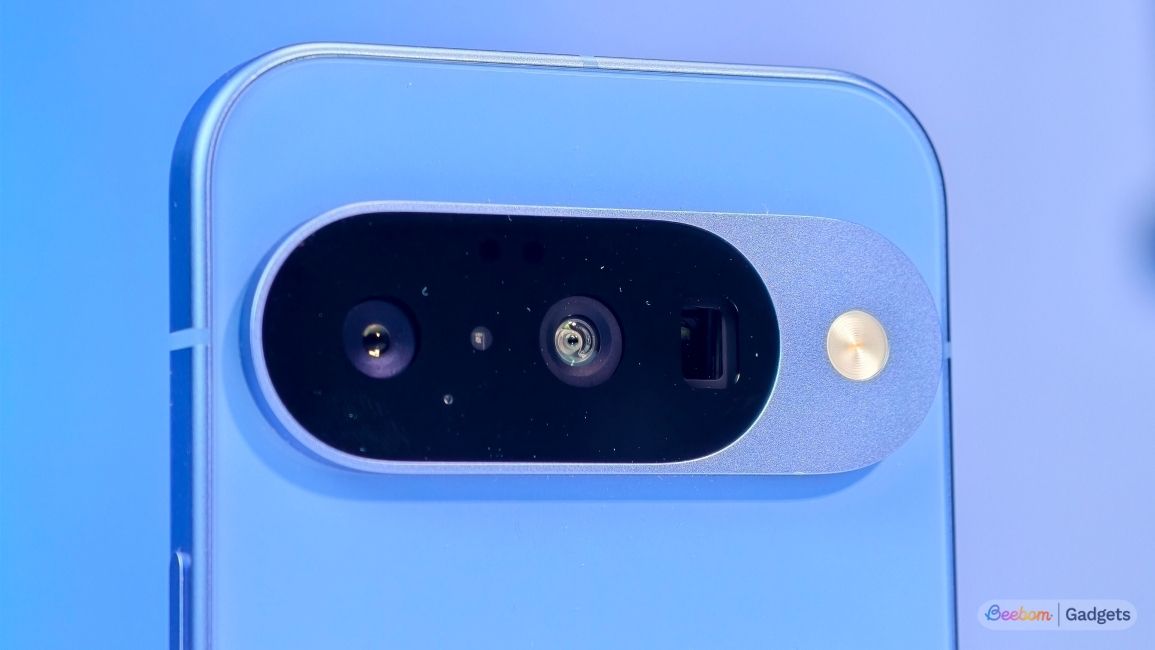
Despite the downgraded hardware, the cameras remain one of the more capable shooters you can find in the segment. And now you also get a third sensor for those sharp macros and zoomed-in photos. Combine that with PixelSnap (MagSafe support), a cleaner Android 16 experience, and 7 years of updates lasting until 2032, and you get a phone that feels both polished and future-proof.

| Partner | Offer Applicable for | Offer Value | Final Value |
|---|---|---|---|
| Flipkart Axis Bank | Credit Card | ₹3,749 cashback | ₹71,250 |
| Flipkart SBI | Credit Card | ₹3,749 cashback | ₹71,250 |
| Flipkart Axis Bank | Debit Card | ₹750 cashback | ₹74,249 |
| Flipkart Bajaj Finserv Insta EMI | Credit Card(EMI) | ₹400 off | ₹74,599 |

Disclaimer: The price & specs shown may be different from actual. Please confirm on the retailer site before purchasing.


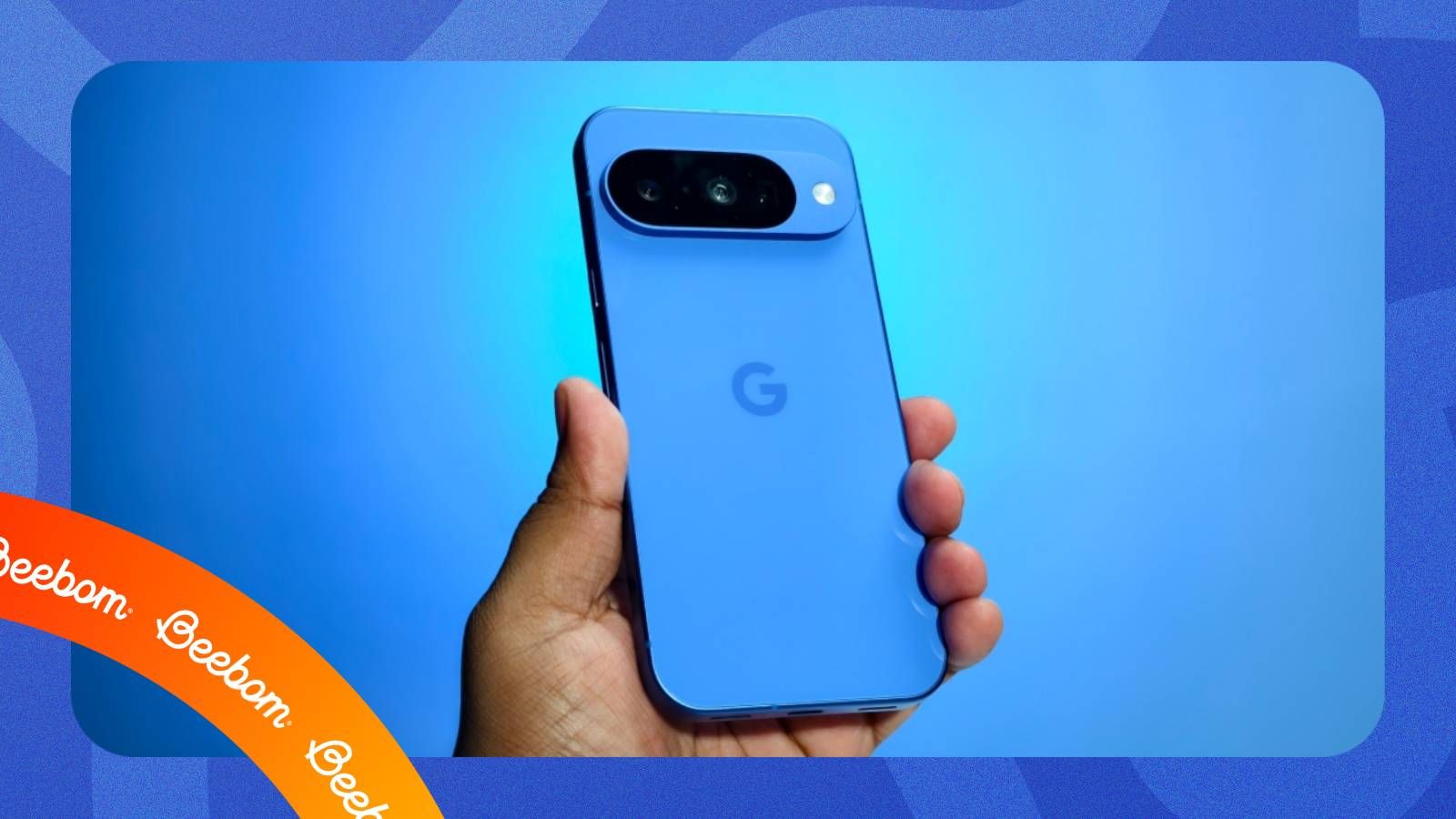
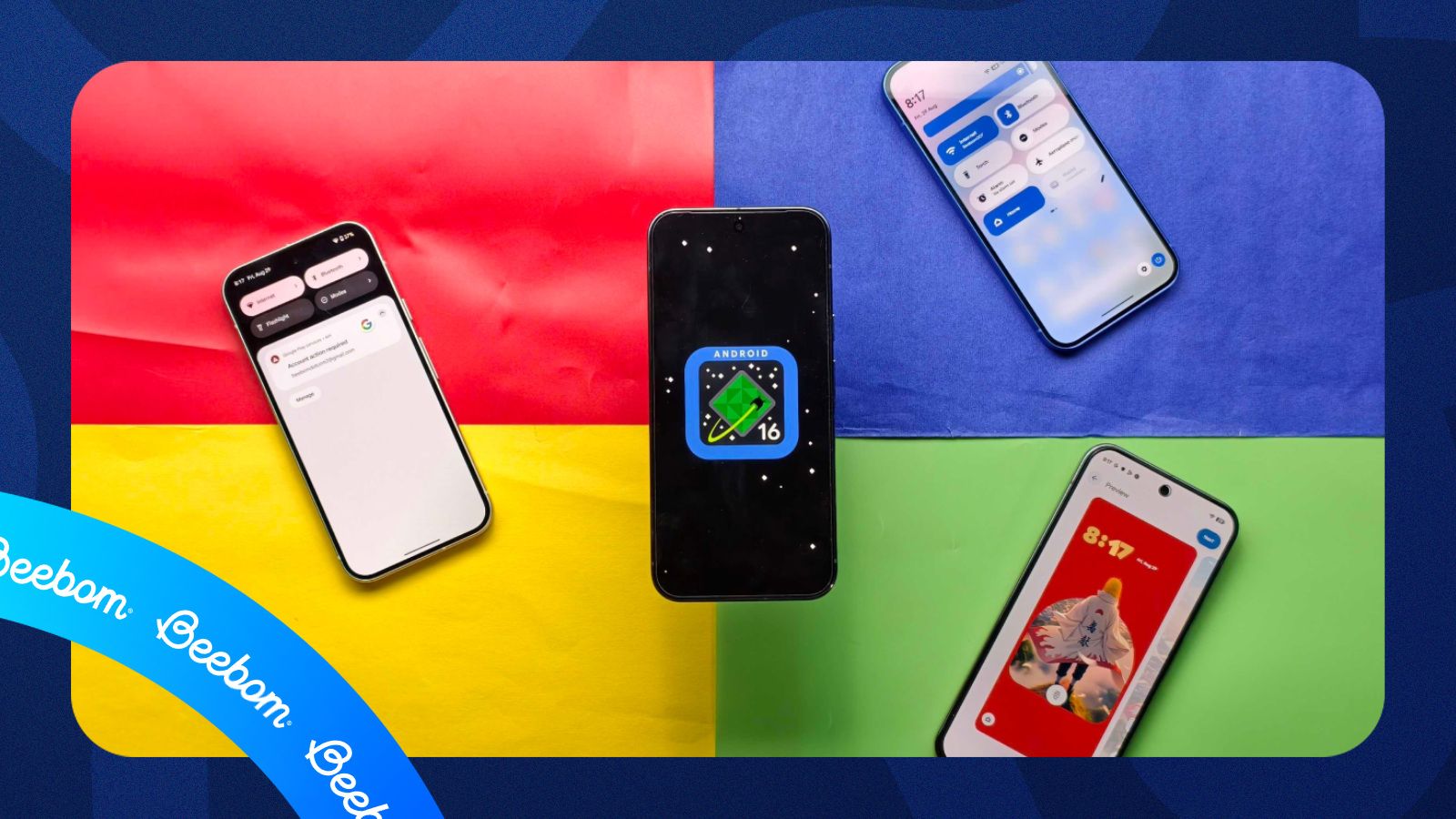
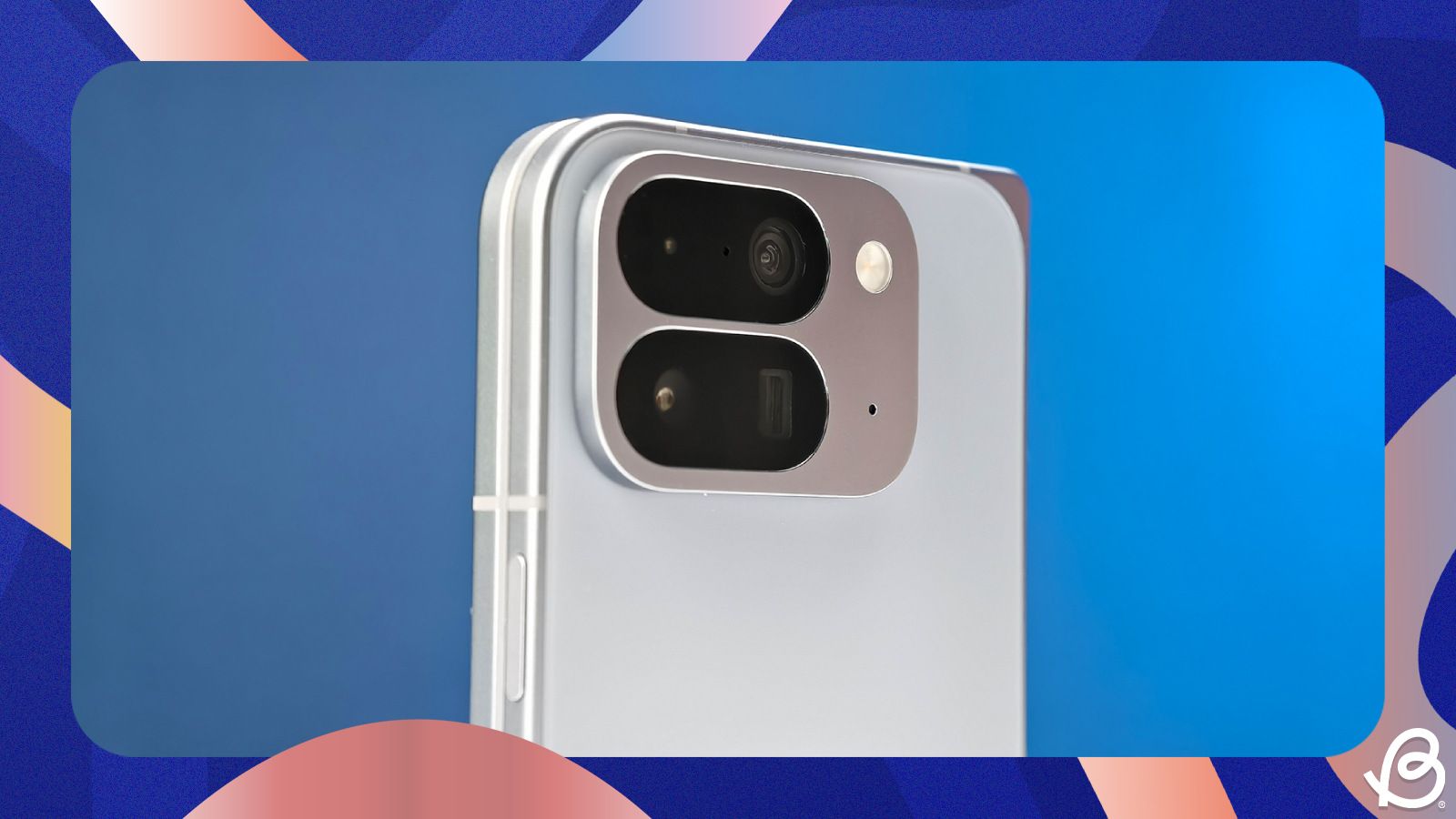
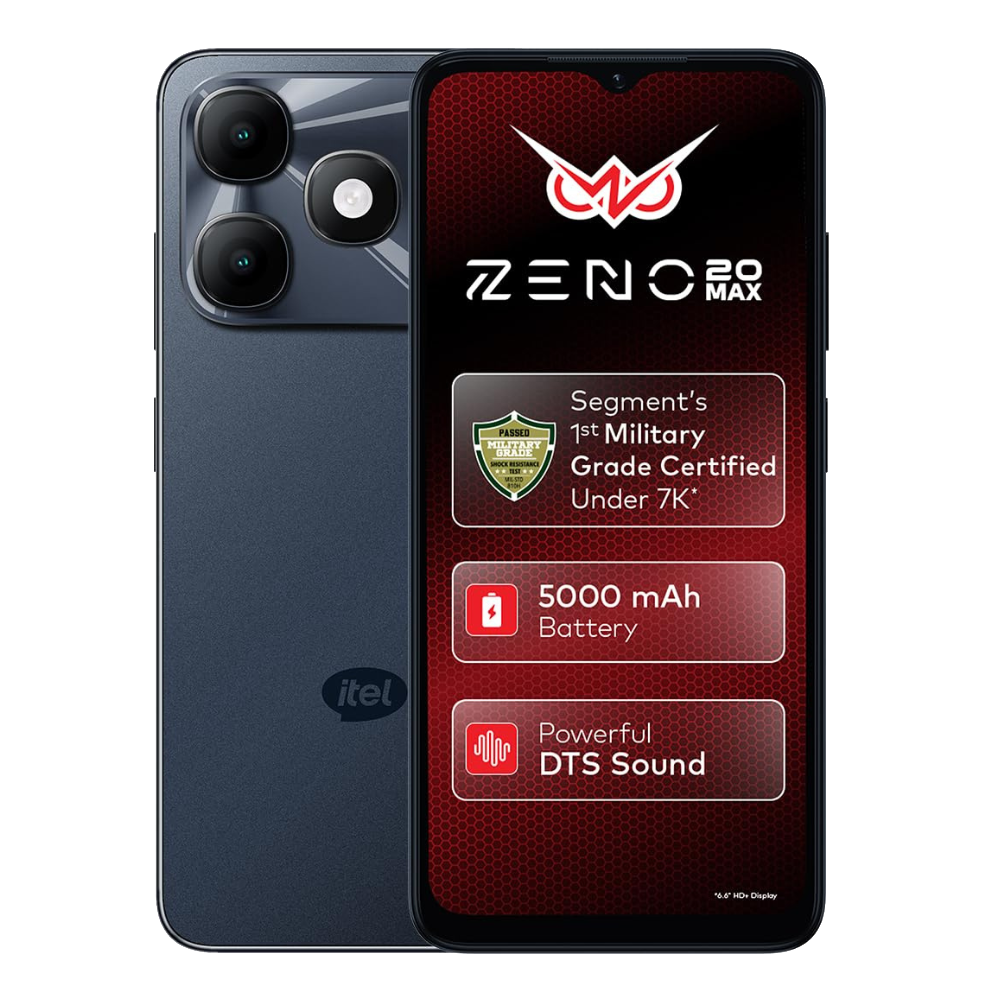
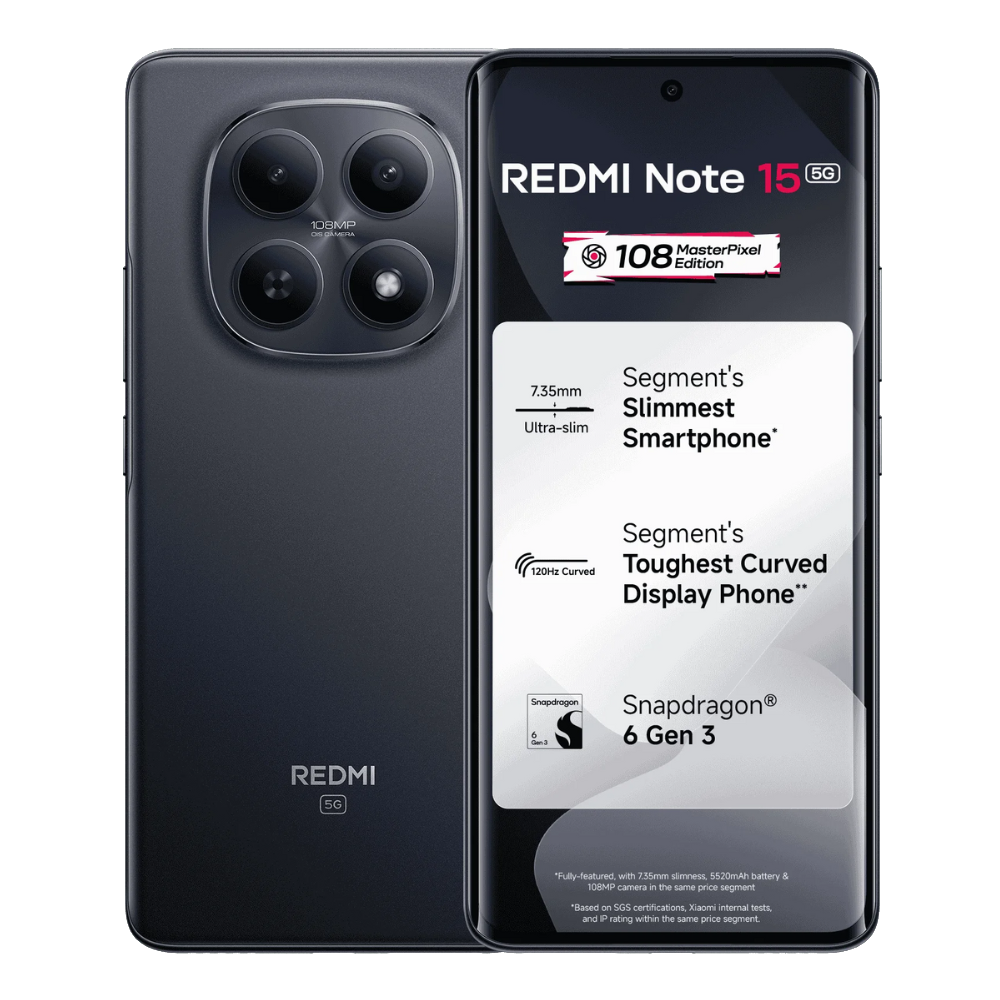


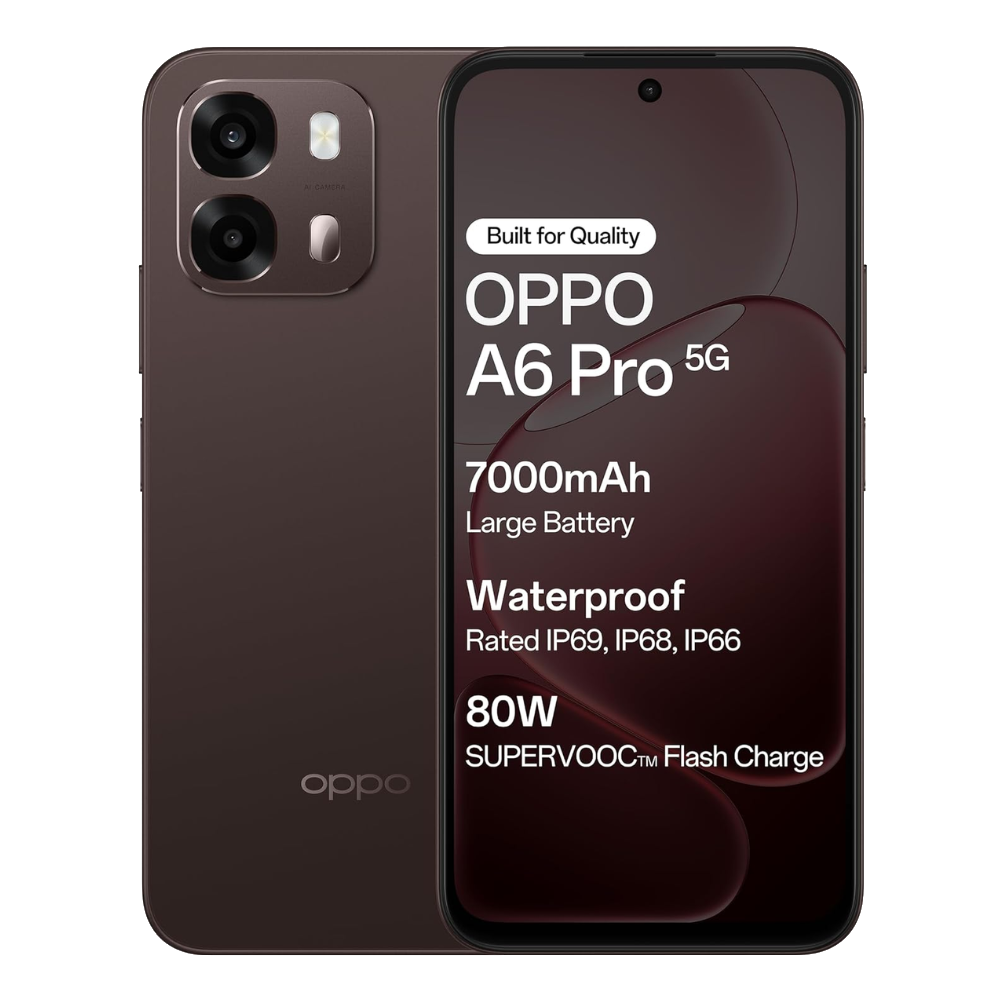
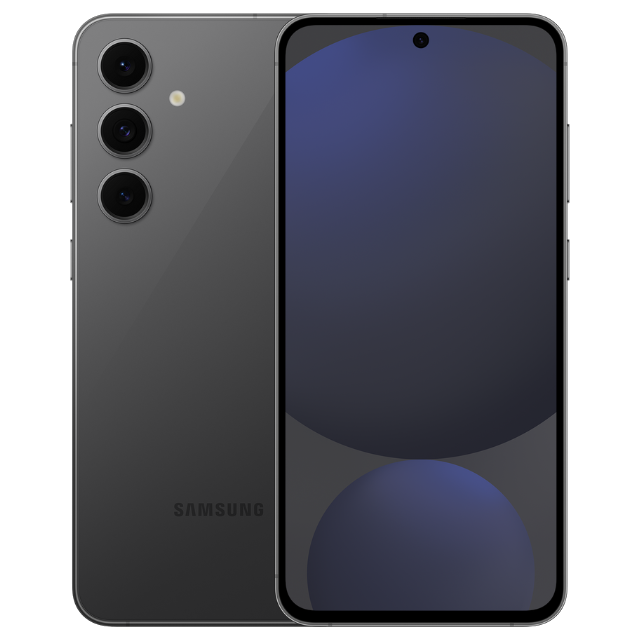
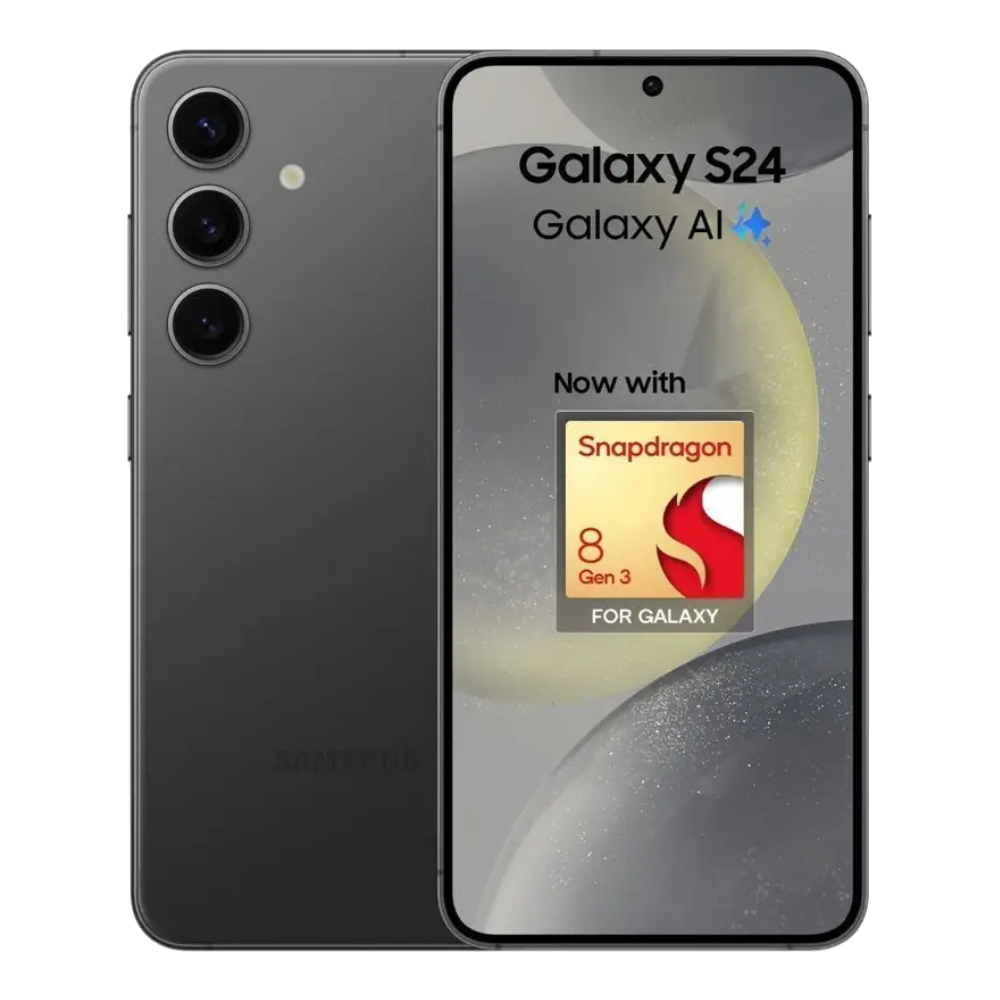

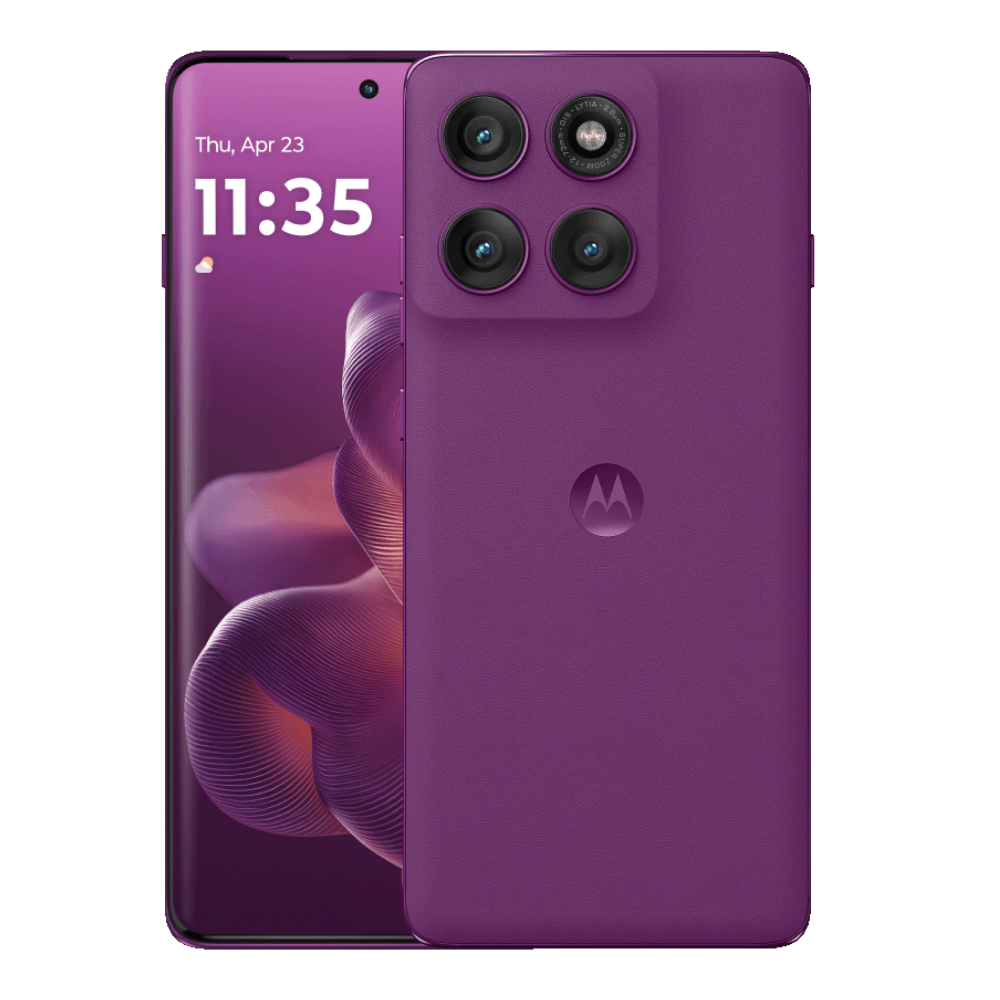

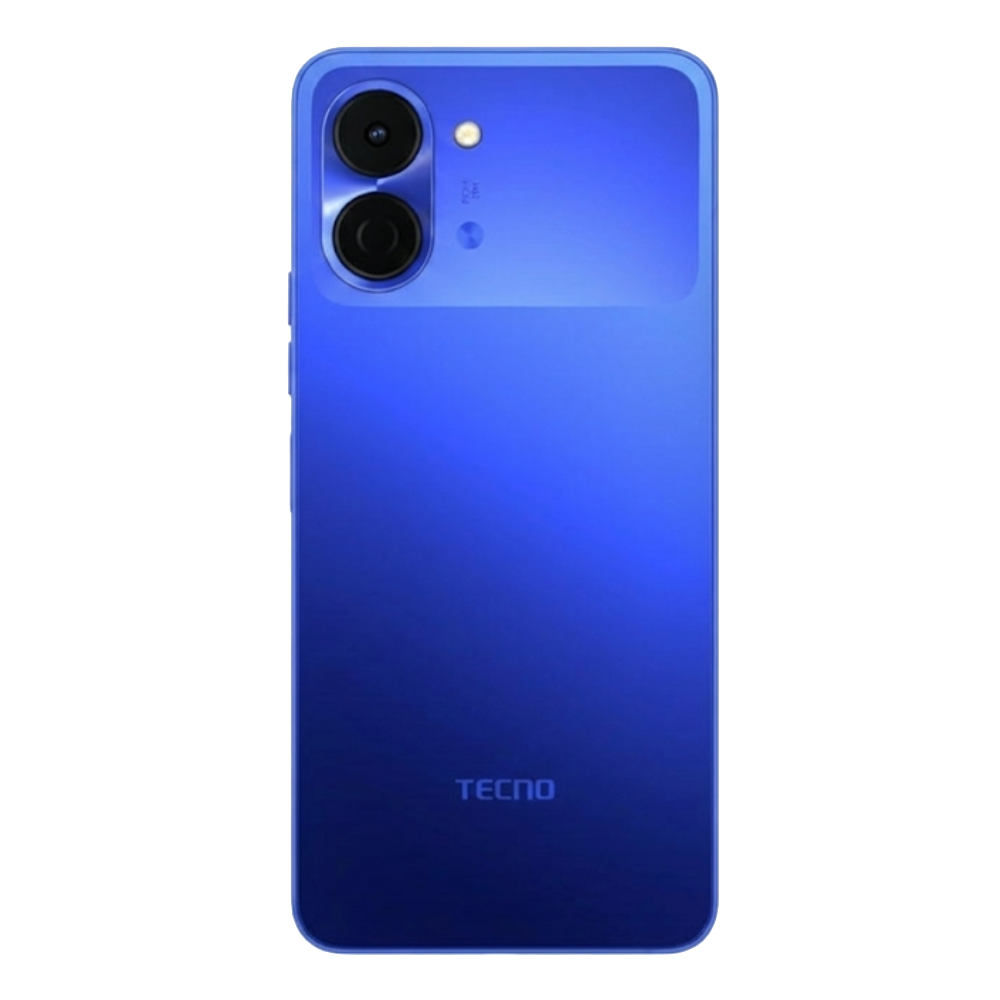
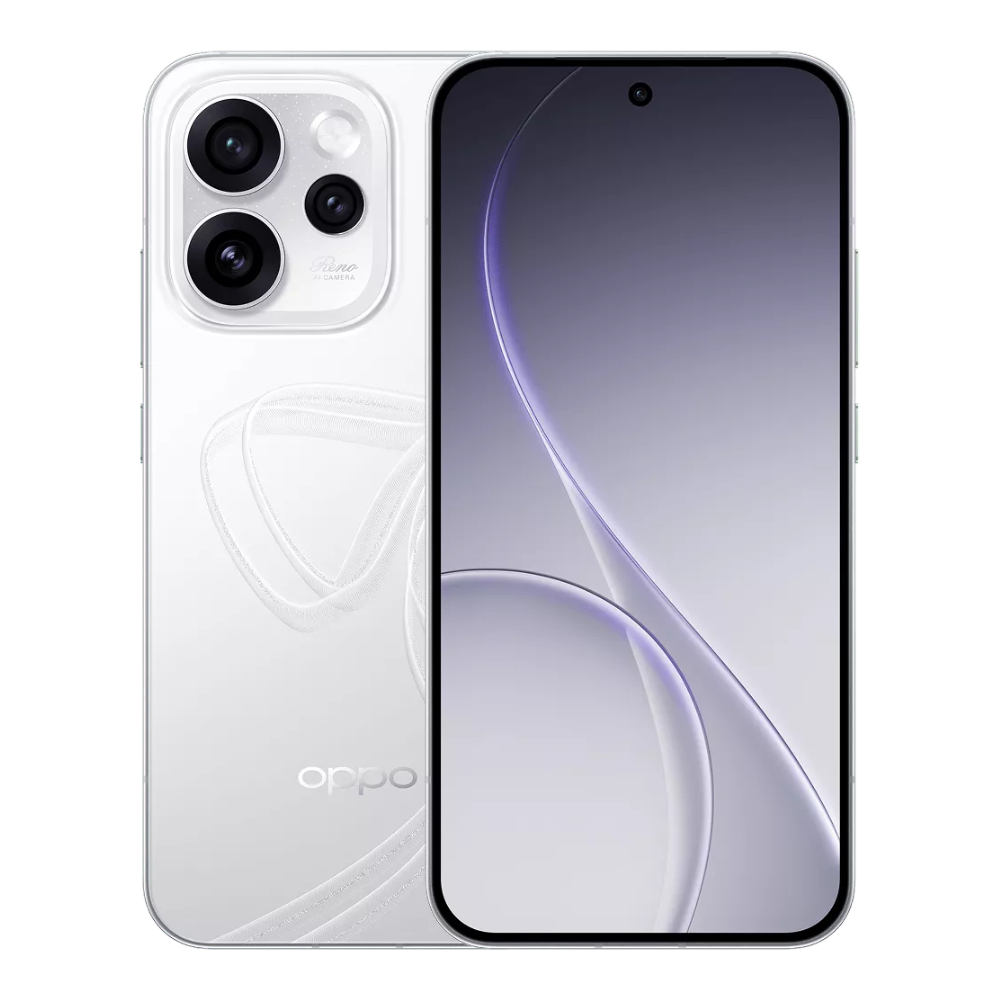

.png)
